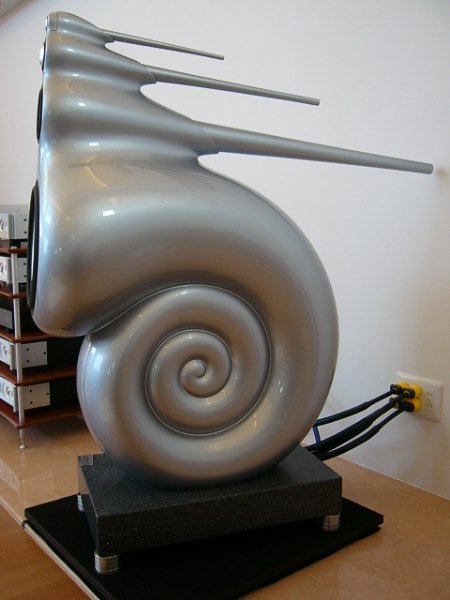Harry_m dröselt meine Aussagen auf.... er vermanscht Altes mit Neuem. Jetzt geht´s mir an den Kragen......
Ich hab´ Angst.
Gruß, maha


 " monitor. Nice -4 dB point at 100 Hz and, apart from a slightly downwards slope, entirely flat up to 4000 Hz. This driver has a really stiff cone and very good motor design with only little resonances!
" monitor. Nice -4 dB point at 100 Hz and, apart from a slightly downwards slope, entirely flat up to 4000 Hz. This driver has a really stiff cone and very good motor design with only little resonances!

 .
.

Beim Besuch unseres Forums werden Cookies gesetzt. Dies sind kleine Textdateien, die lokal auf Ihrem Rechner in den Browserverlauf gespeichert werden. Die auf unserer Forums-Website eingesetzten Cookies sind technisch erforderlich und gewährleisten den Betrieb und die Komfort-Funktionalitäten des Forums.
Während Ihres Forum-Besuchs werden keine Cookies zu Marketingzwecken oder für Statistiken und Analysen gesetzt. Auch werden keine Daten an Dritte übermittelt.
Detaillierte Informationen zu unserer Verarbeitung von personenbezogenen Informationen erhalten Sie in unserer Datenschutzerklärung.
Wenn Sie auf „Einverstanden“ klicken, stimmen Sie unserer Datenschutzerklärung und dem Einsatz von technisch erforderlichen Cookies zu.
Kommentar